On Sunday morning I went downtown to the University of Illinois at Chicago campus and attended a short ceremony to commemorate the 100th anniversary of the Armistice, held by the university’s Honors College as the end of a series of events marking the occasion.
My old friend Neal mentioned it last summer and as it happened, Michele, his wife, organized the November 11 event. She did a good job.
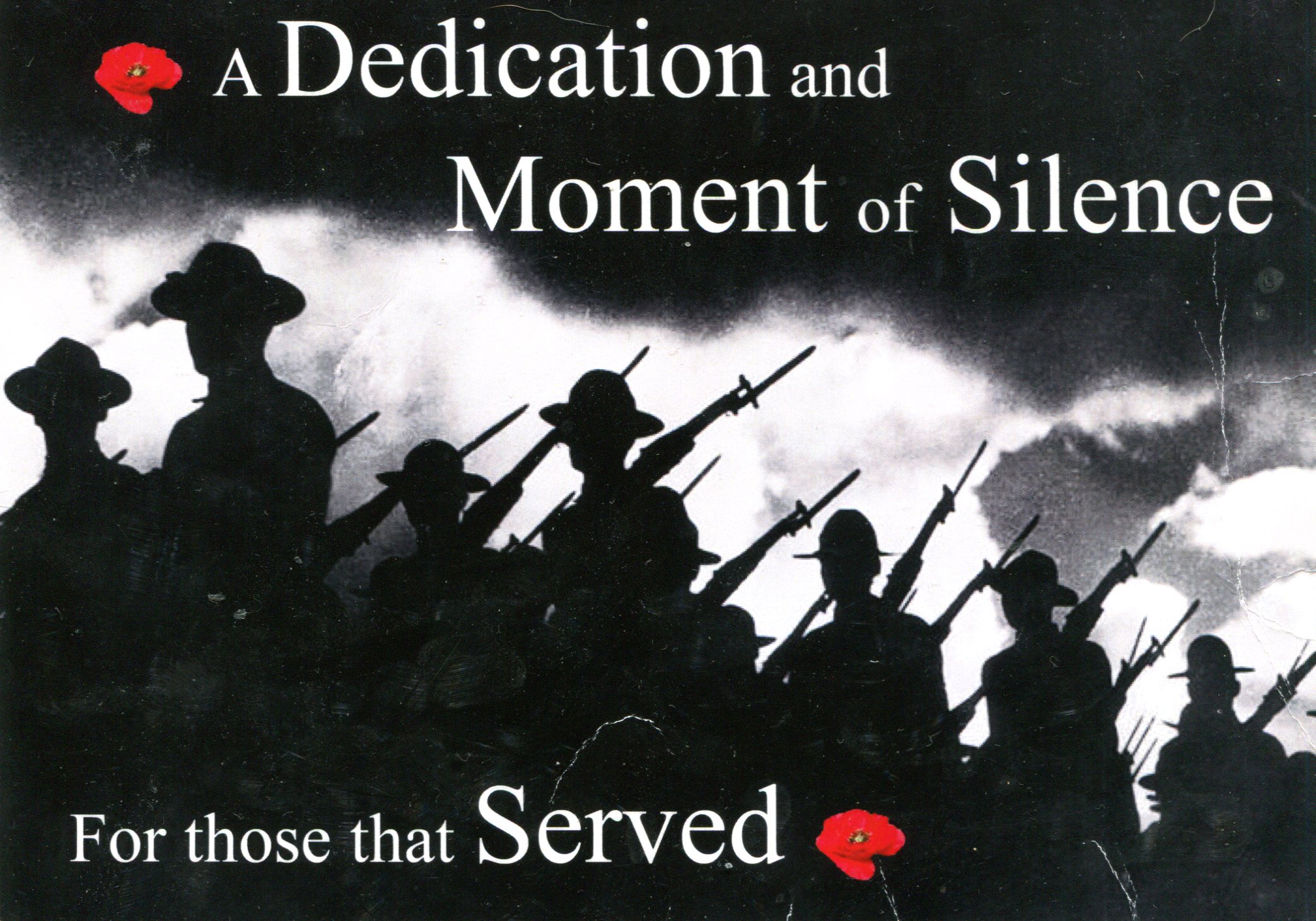 The event included the posting and retrieval of the colors, some short remarks, poetry from the period, and of course at 11:00 a moment of silence, followed by the playing of Taps.
The event included the posting and retrieval of the colors, some short remarks, poetry from the period, and of course at 11:00 a moment of silence, followed by the playing of Taps.
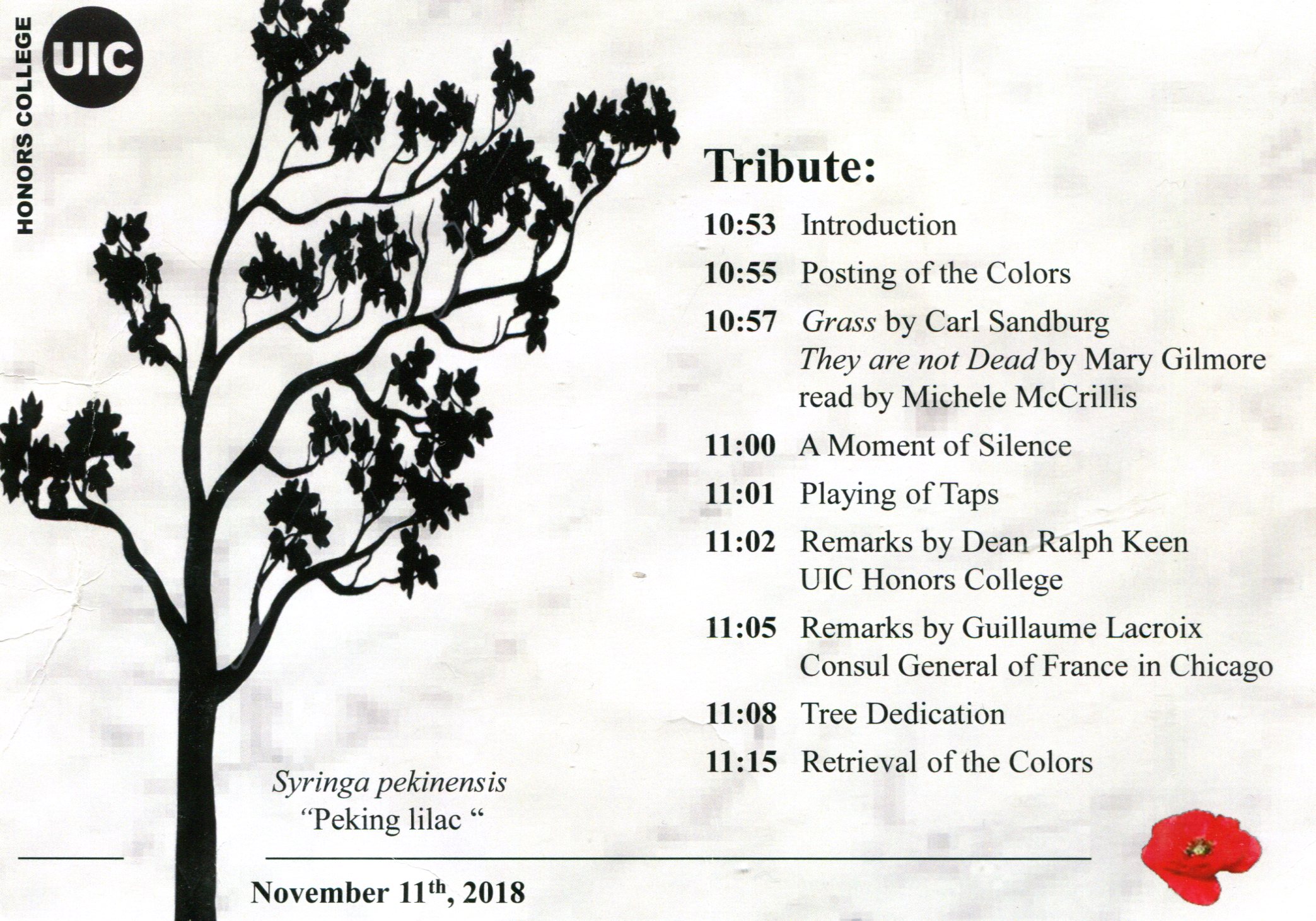 Michele read the two poems. This is her preparing to read.
Michele read the two poems. This is her preparing to read.
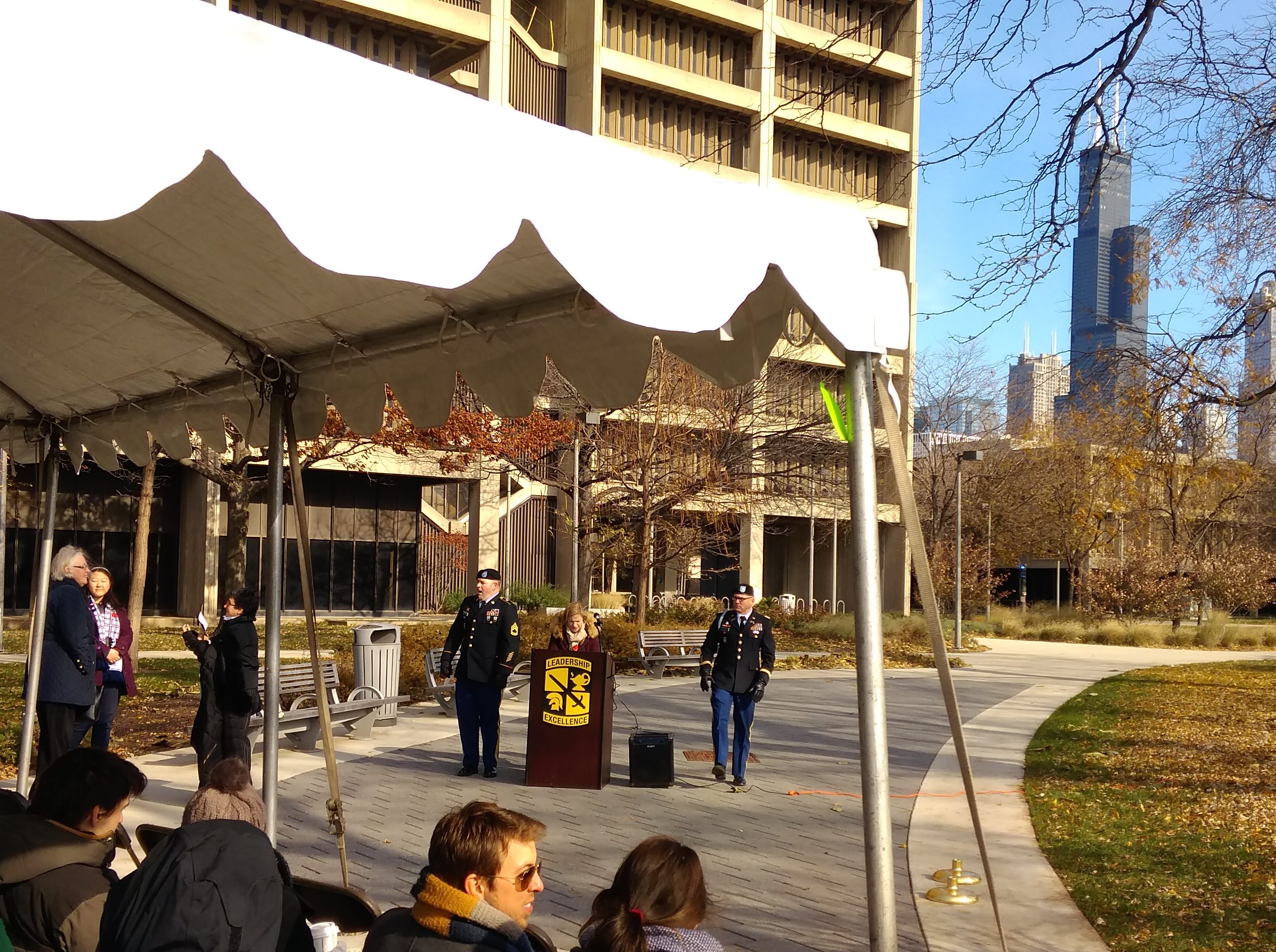 One was “Grass” by Carl Sandburg, dating from 1918.
One was “Grass” by Carl Sandburg, dating from 1918.
Pile the bodies high at Austerlitz and Waterloo.
Shovel them under and let me work —
I am the grass; I cover all.
And pile them high at Gettysburg
And pile them high at Ypres and Verdun.
Shovel them under and let me work.
Two years, ten years, and passengers ask the conductor:
What place is this?
Where are we now?
I am the grass.
Let me work.
Also, verse by Dame Mary Gilmore, lesser known in this country, but renowned in Australia. Also 1918.
They are not dead; not even broken;
Only their dust has gone back home to the earth:
For they — the essential they — shall have rebirth
Whenever a word of them is spoken.
About 30 people attended the event, which was held at the campus’ Memorial Grove, a renovated green space. A small tent had been erected in case of rain, but Armistice Day this year in Chicago was sunny, though fairly cold, just above freezing. So I parked myself just outside the tent, where I could sit in the sun.
Guillaume Lacroix, Consul General of France in Chicago, said a few words, echoing those of President Marcon during Armistice Day ceremonies at the Arc de Triomphe only a few hours earlier. Words about the dangers of nationalism, which doubled as a pointed rebuke against you-know-who, a subtext that was lost on no one.
Also speaking were a representative of the Italian consulate and the dean of the Honors College, Ralph Keen.
A Peking lilac (Syringa pekinensis) tree had been planted near the sidewalk a few days earlier, next to the new memorial. During the event, the memorial was covered with black cloth topped by poppies.
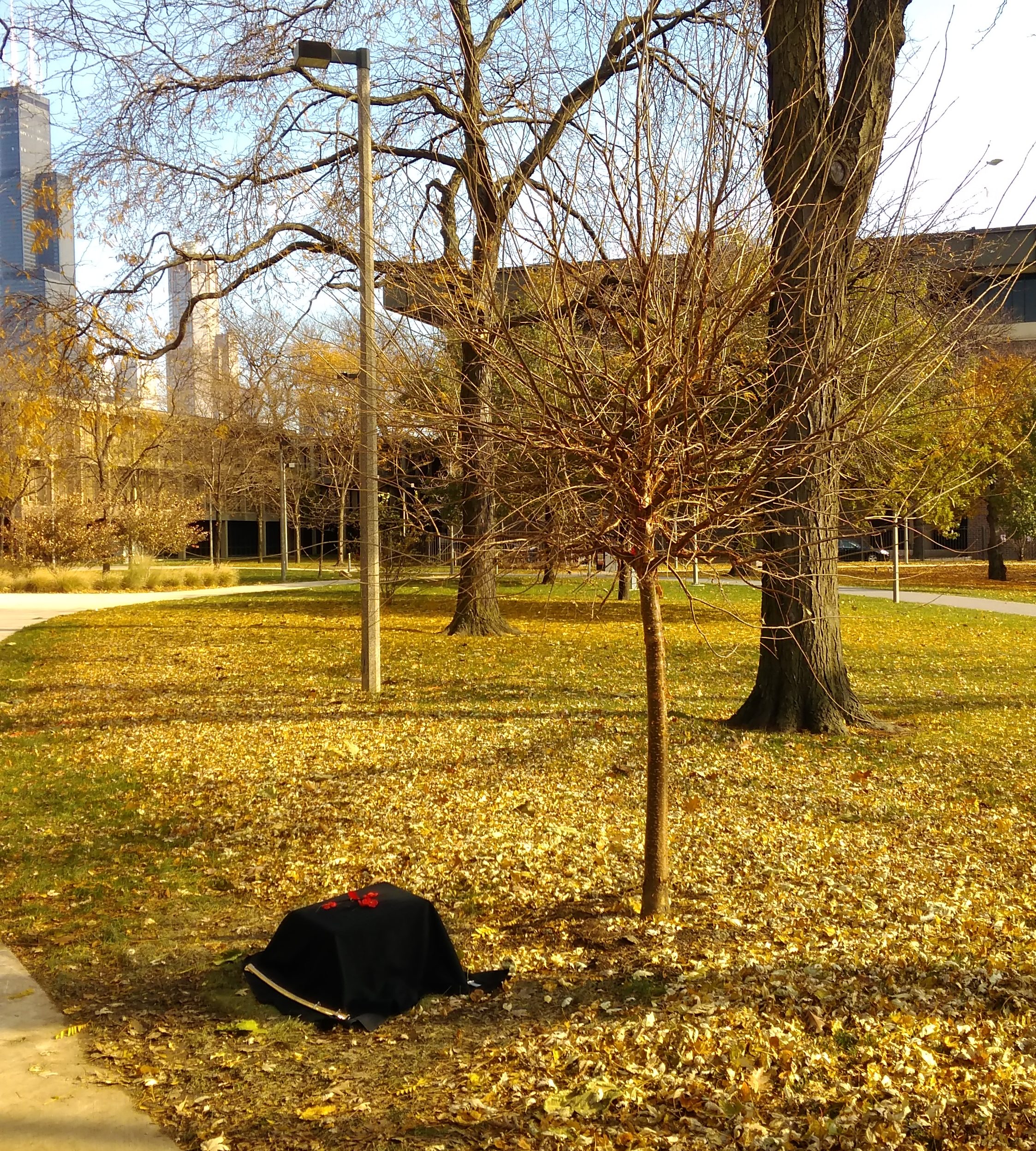
The Morton Arboretum says that “The Peking lilac is a dependable urban tree and a great choice even for parking lot, boulevard, and parkway plantings. Native to Asia, it is both hardy and beautiful, with attractive, amber-colored, peeling bark. In early summer, when many shrubs and trees are done blooming, it has large, creamy-white, honey-scented flower clusters.”
Toward the end of the event, the French Consul General, the dean of the college, and the Italian representative lifted the black cloth from the memorial.
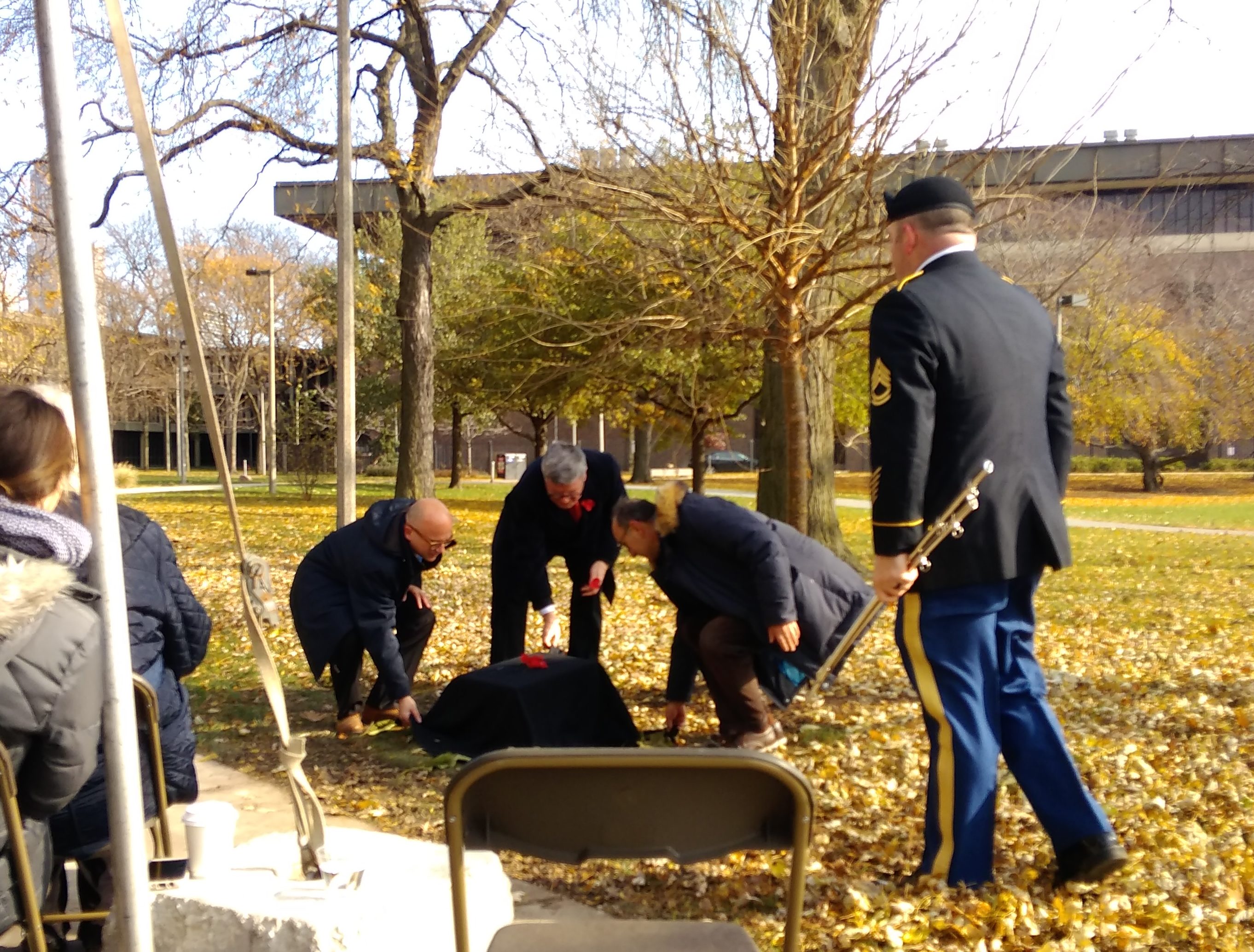
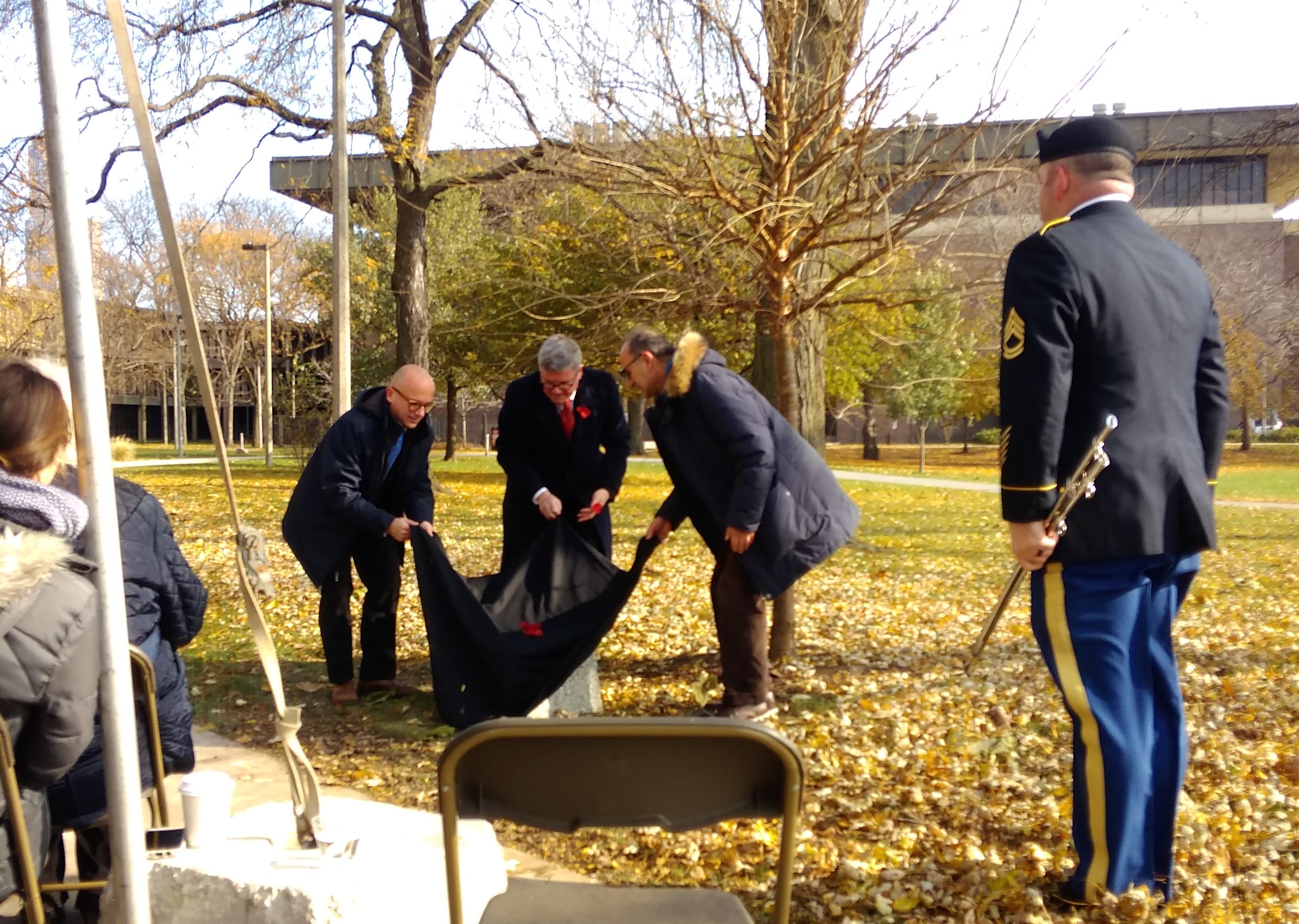
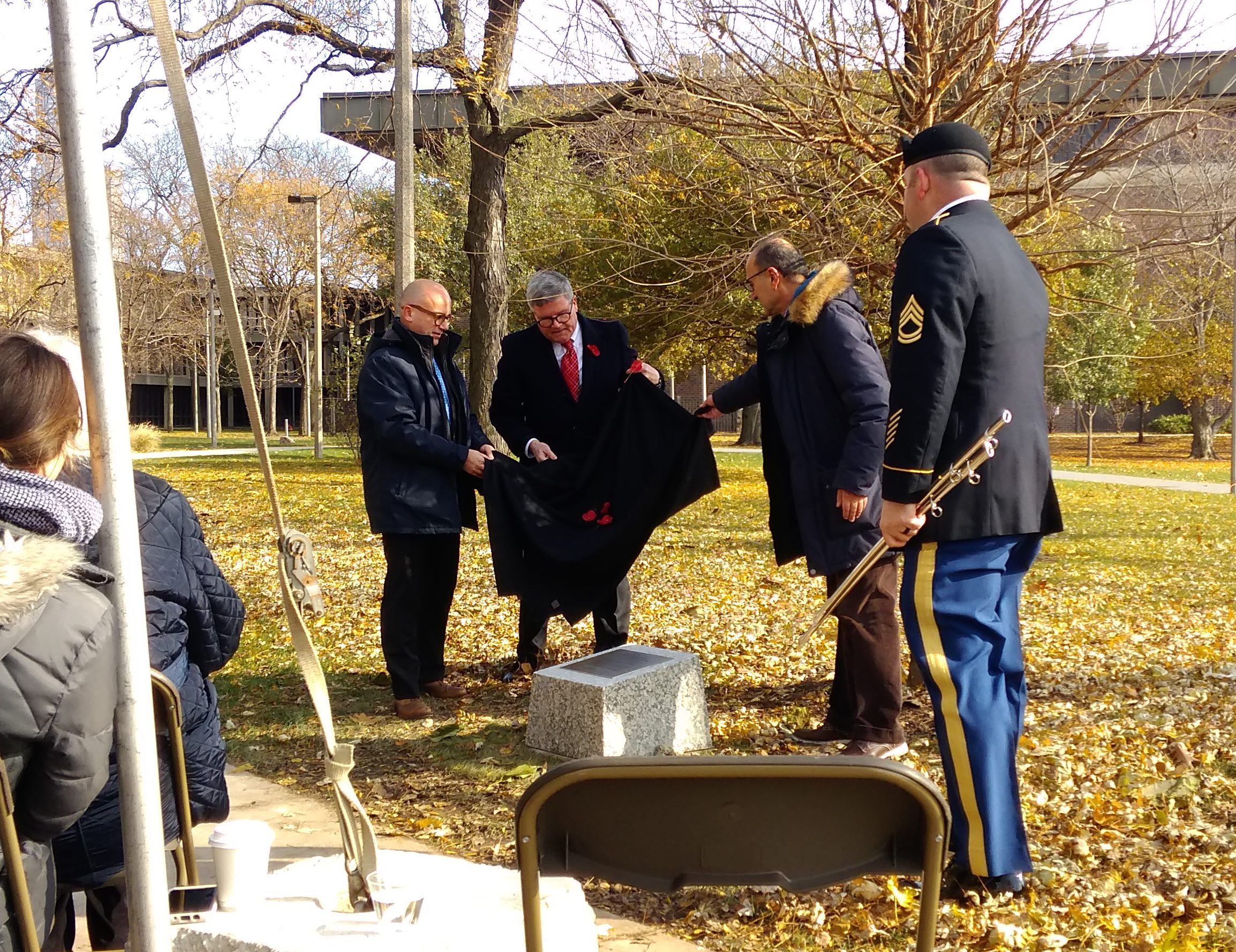 A granite block with a burnished aluminum plaque.
A granite block with a burnished aluminum plaque.
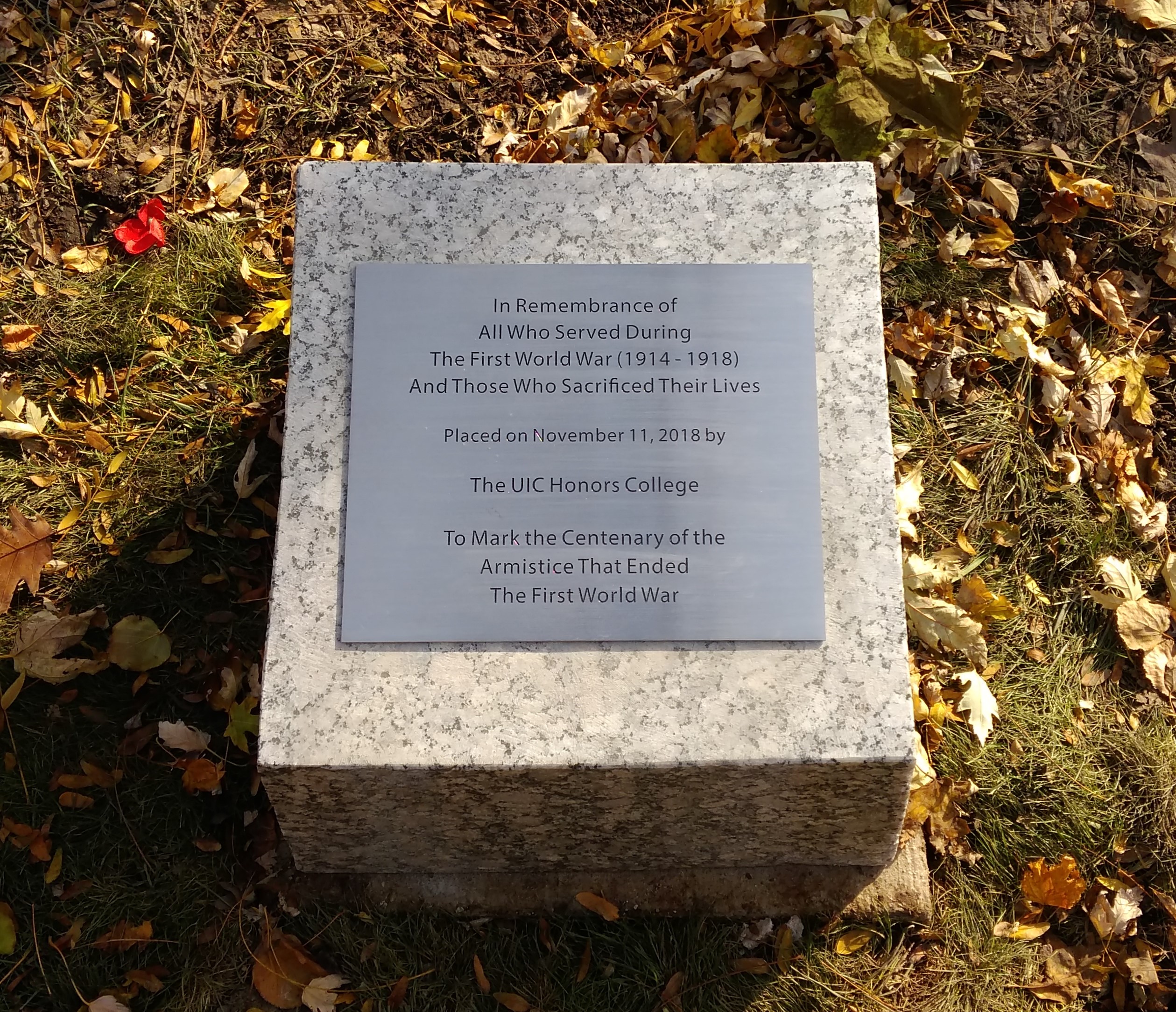 According to Neal, the block had once been part of the former skywalk system around campus. When the skywalk was dismantled in the early 1990s, the removed materials were stored. They are still being recycled for newer structures, such as the memorial stone but also some nearby benches installed when the Memorial Grove was renovated a few years ago.
According to Neal, the block had once been part of the former skywalk system around campus. When the skywalk was dismantled in the early 1990s, the removed materials were stored. They are still being recycled for newer structures, such as the memorial stone but also some nearby benches installed when the Memorial Grove was renovated a few years ago.
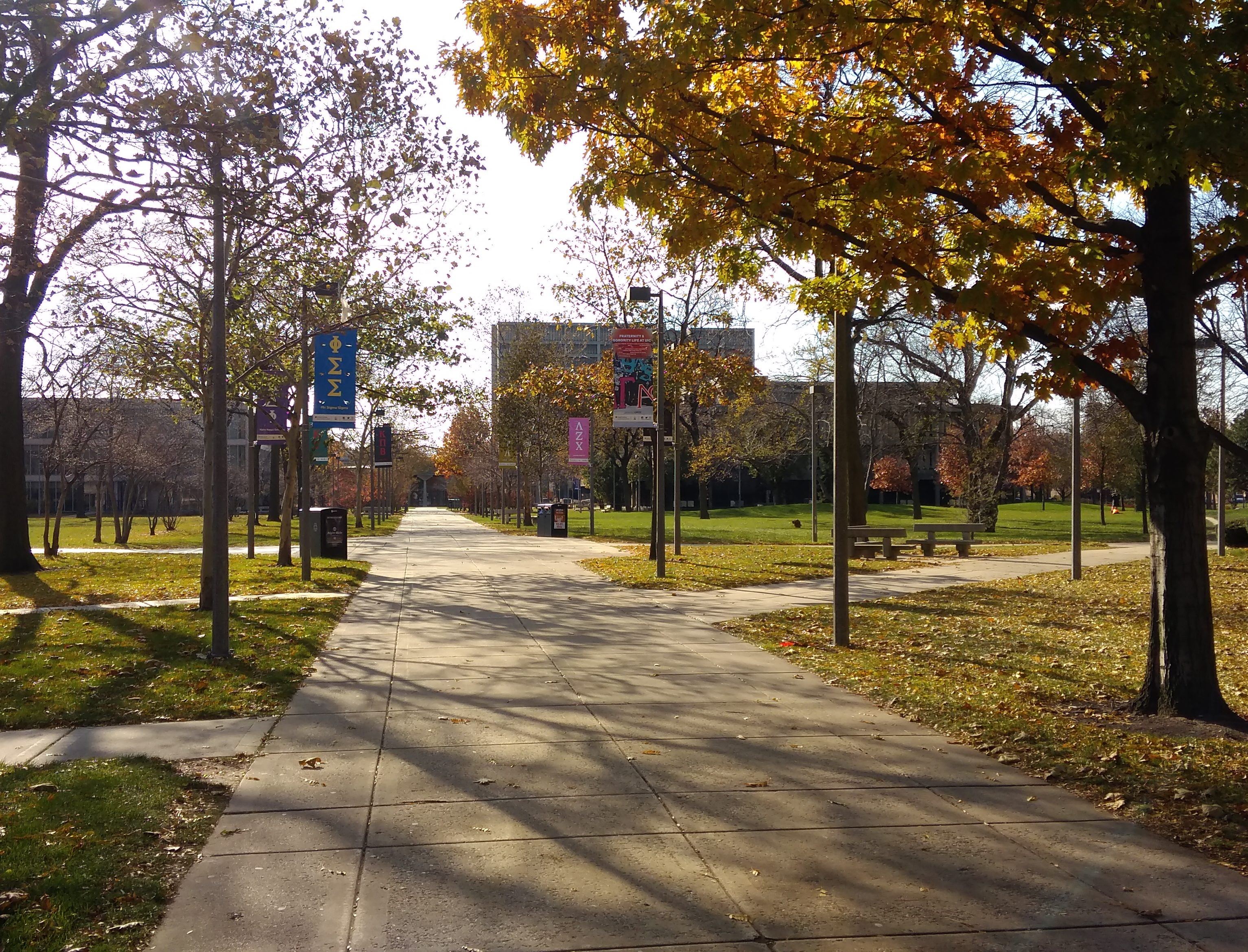
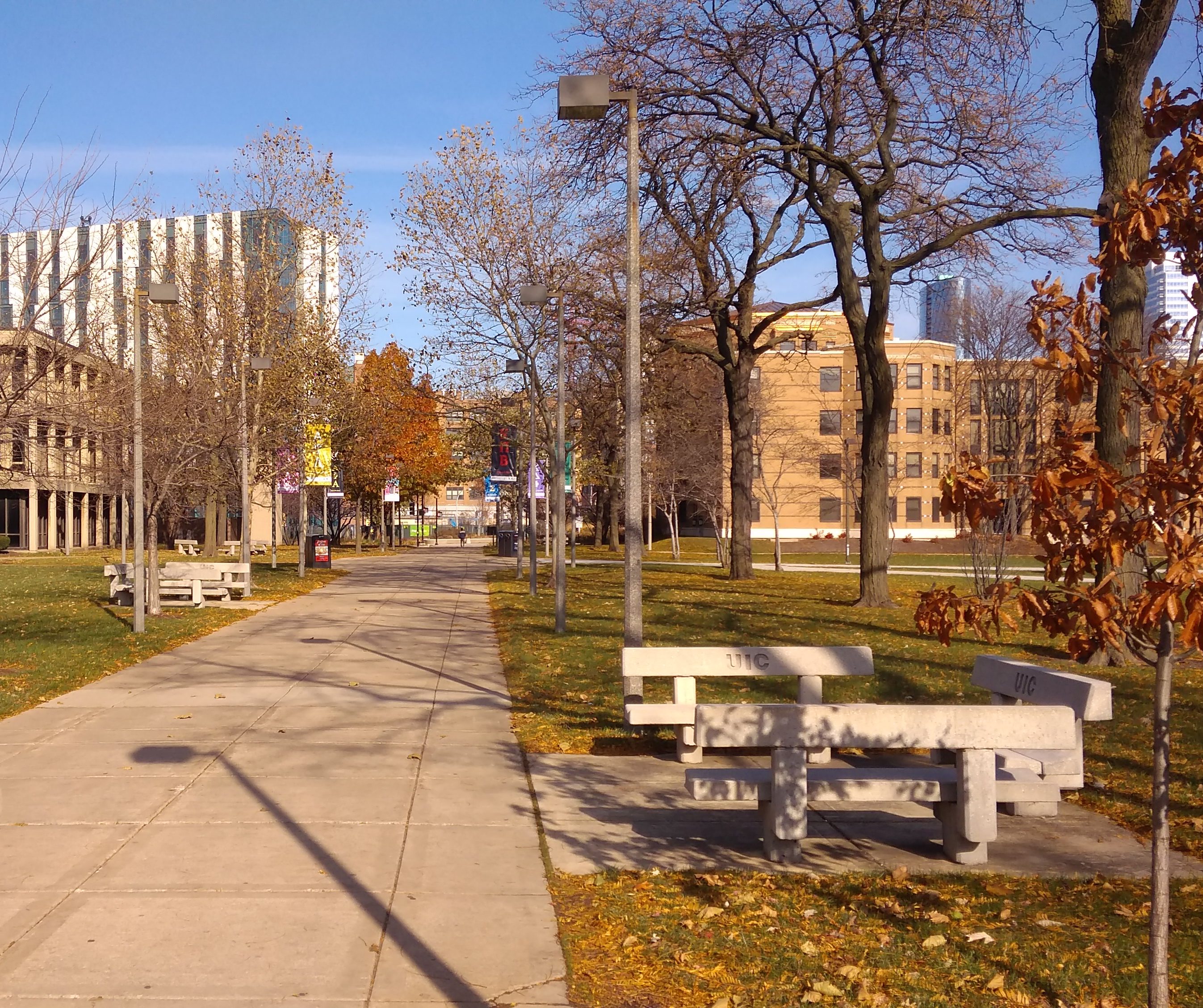 But the campus still has its brutalist bones. Such as the vaulting University Hall, one of the original buildings and apparently home to some peregrine falcons since the late ’90s. As brutalism goes, not bad.
But the campus still has its brutalist bones. Such as the vaulting University Hall, one of the original buildings and apparently home to some peregrine falcons since the late ’90s. As brutalism goes, not bad.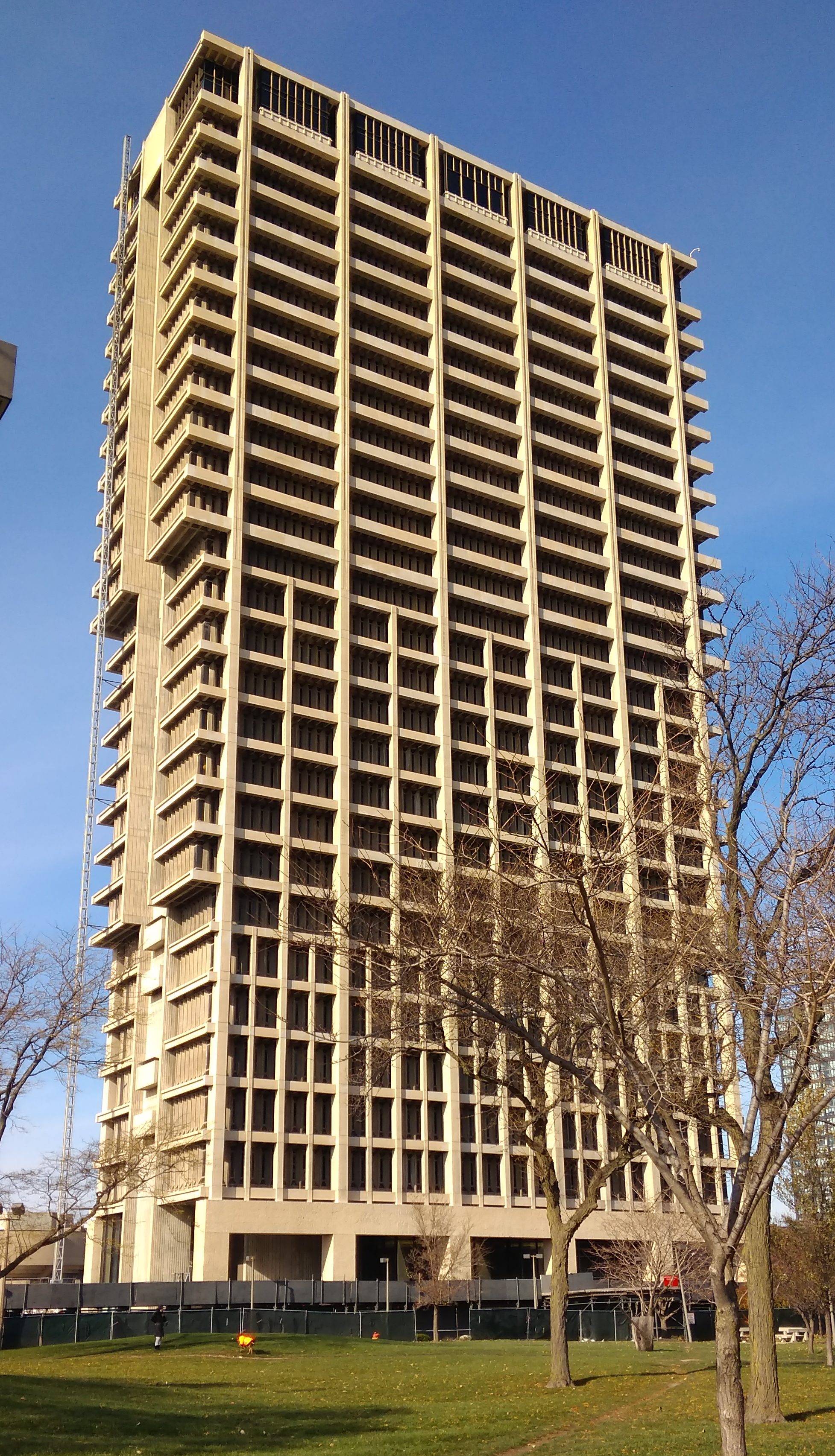 The Student Residences & Commons South, while also considered brutalist, has some style to it as well.
The Student Residences & Commons South, while also considered brutalist, has some style to it as well.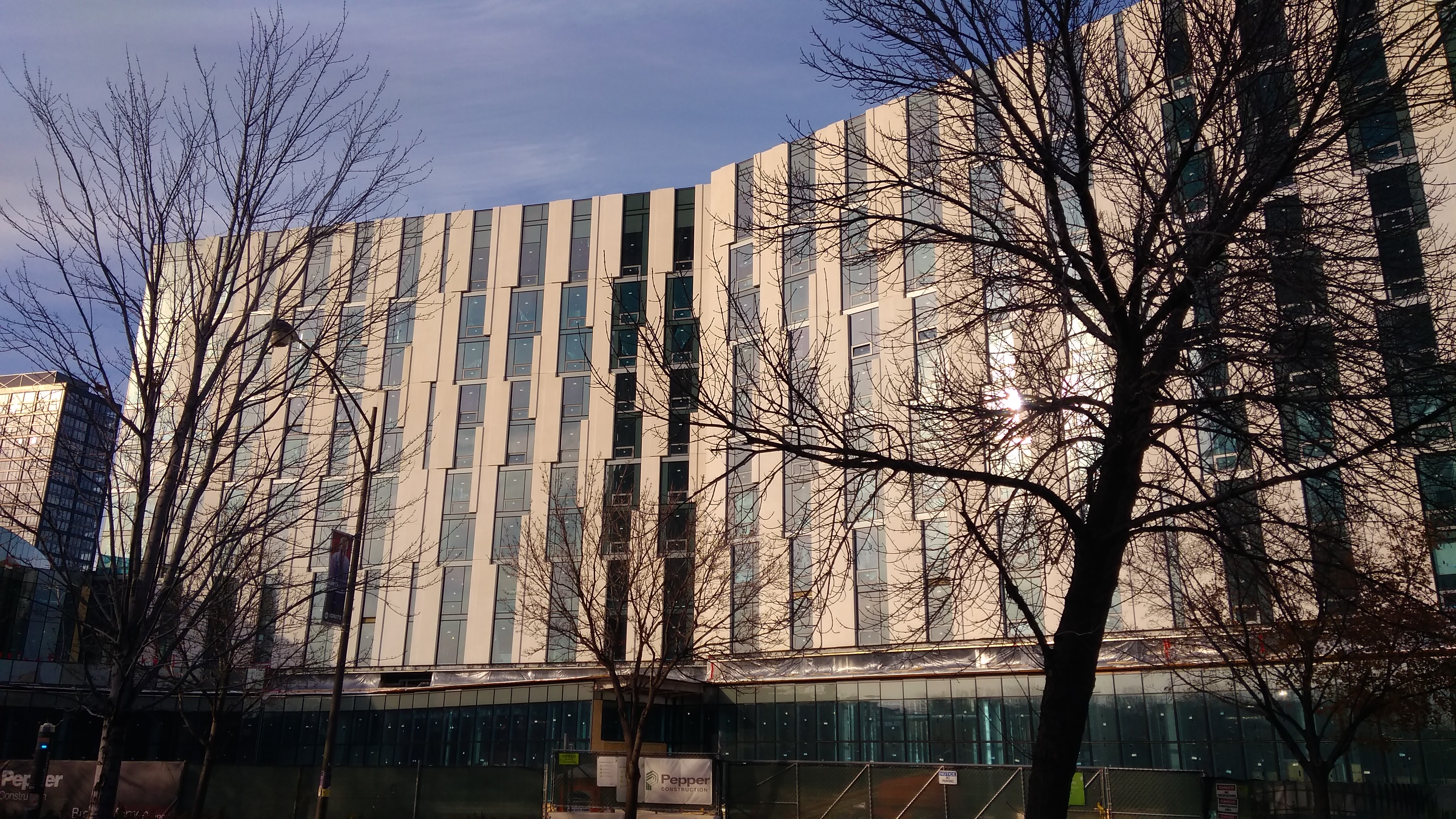 It’s a 550-bed project, designed by SCB, that will be completed next summer. The university is eager to have more students live on campus, it seems. Back in the days of a hardcore brutalist campus, I doubt that was a priority, but it is now.
It’s a 550-bed project, designed by SCB, that will be completed next summer. The university is eager to have more students live on campus, it seems. Back in the days of a hardcore brutalist campus, I doubt that was a priority, but it is now.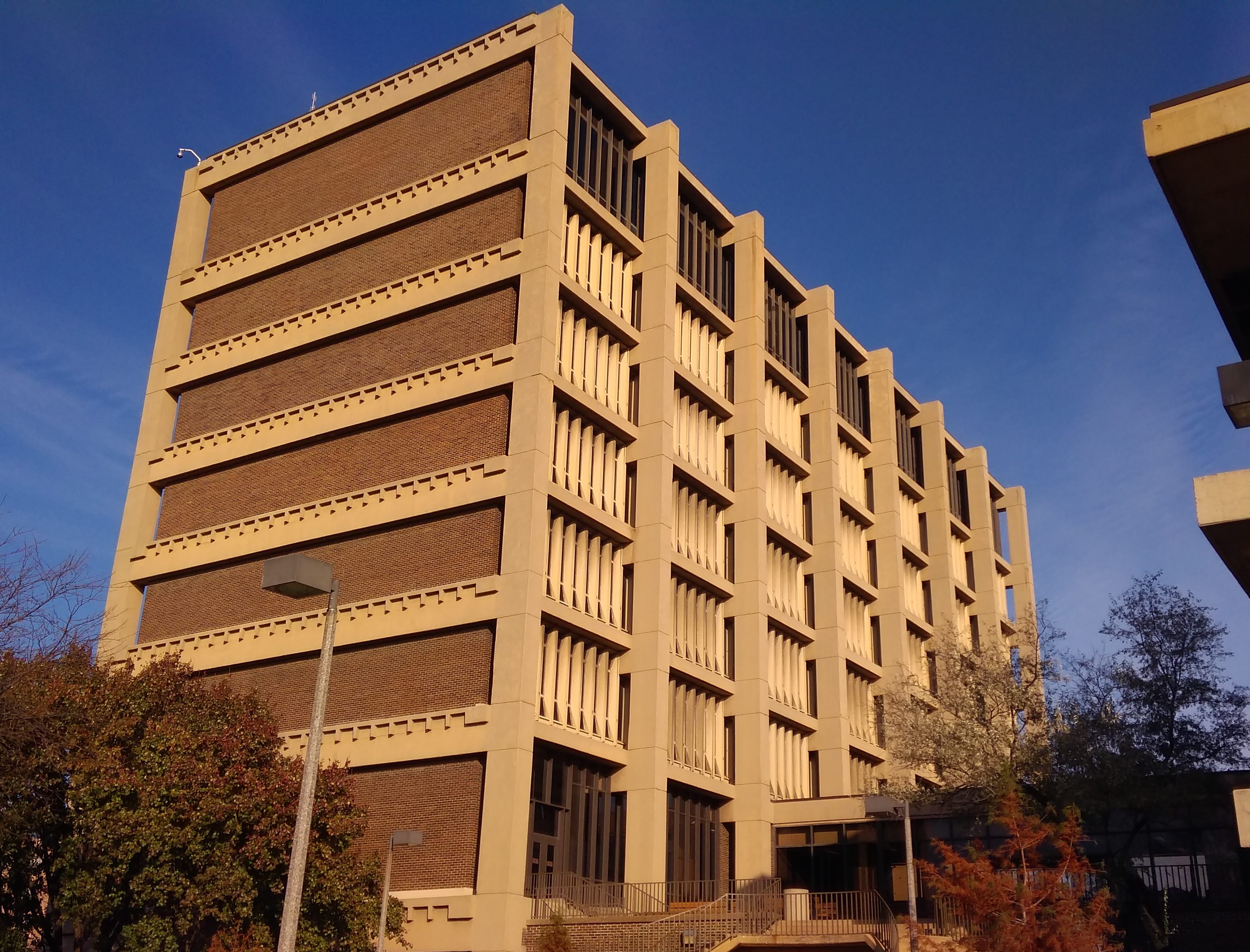









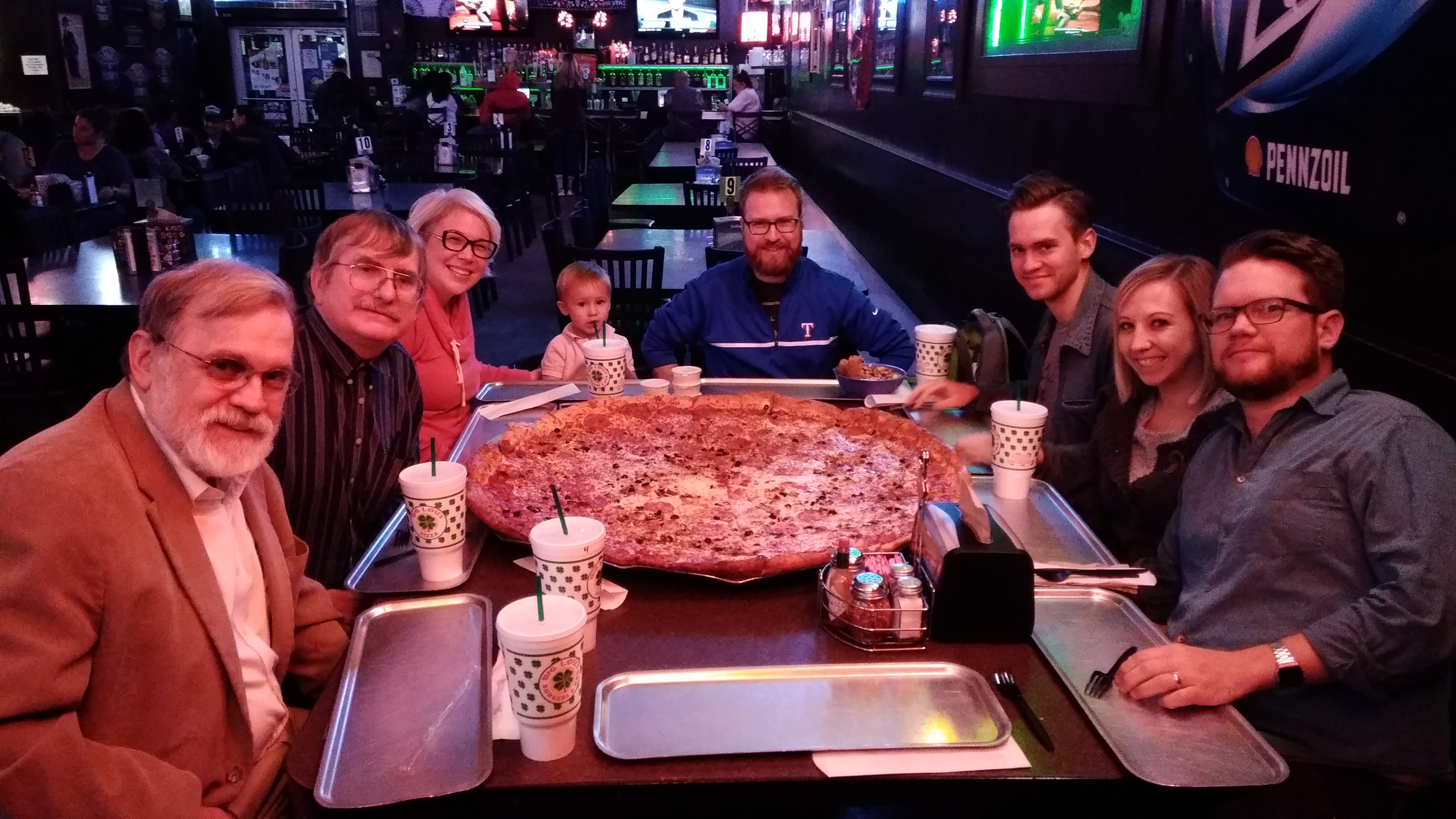
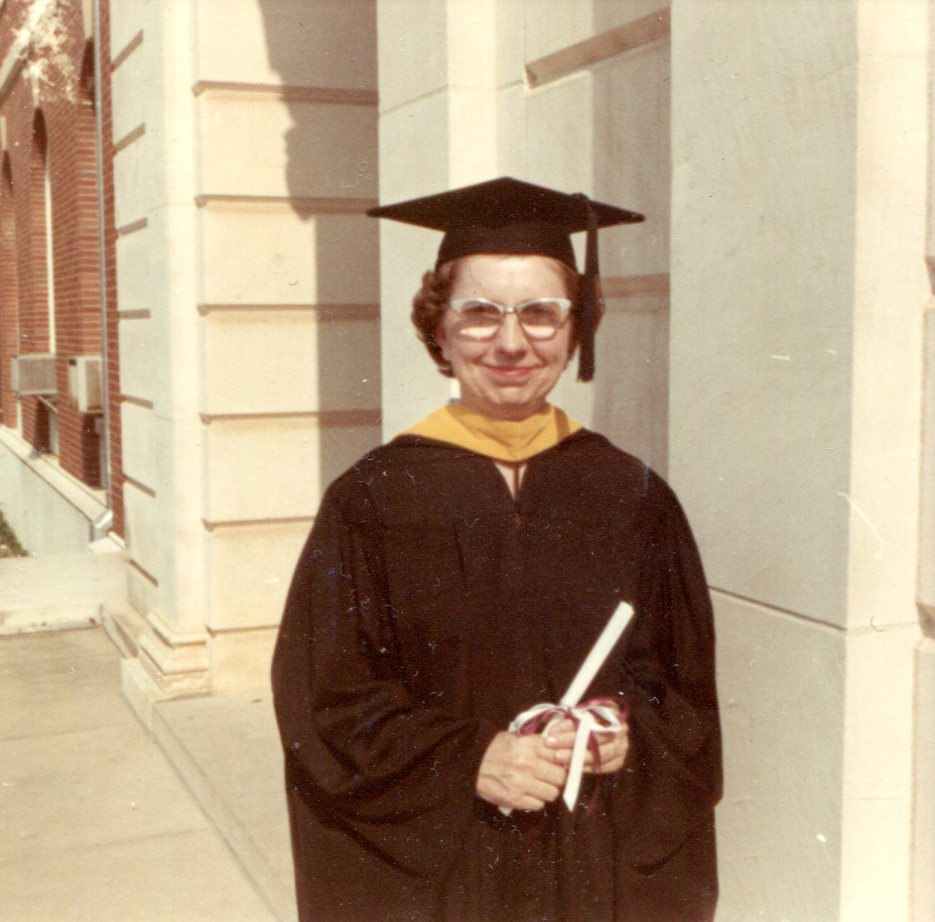 I took this picture in the summer of 1972, when I was 11.
I took this picture in the summer of 1972, when I was 11.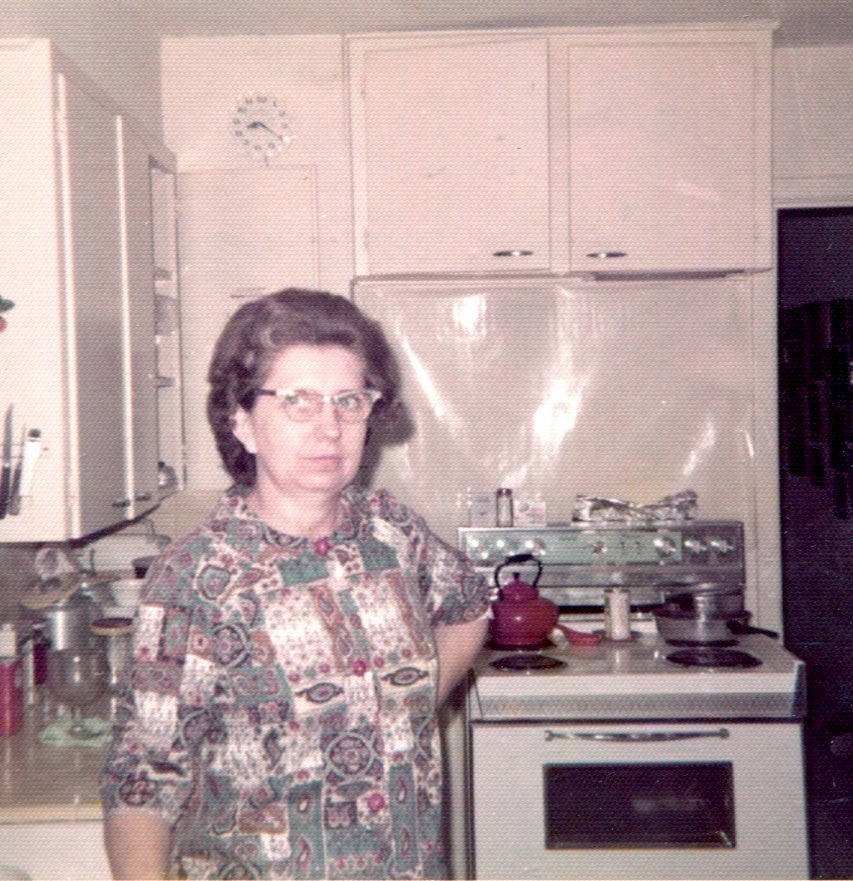
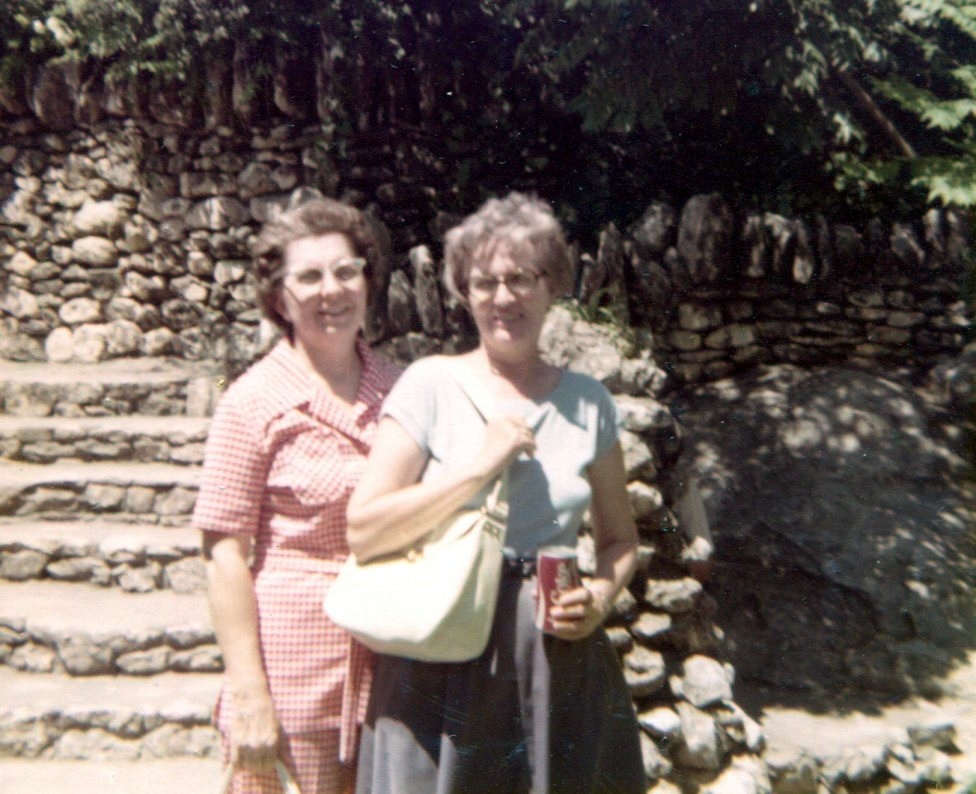
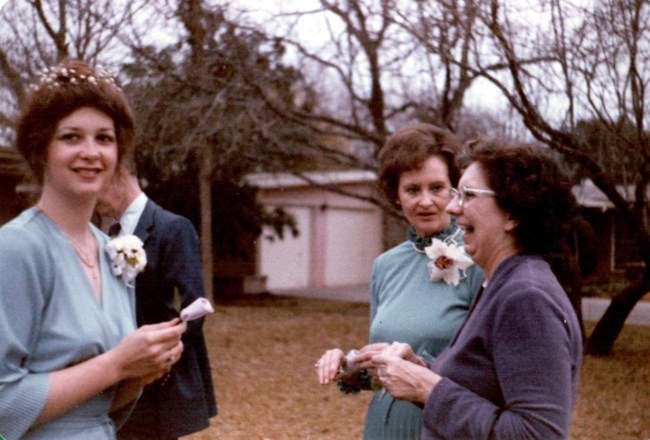
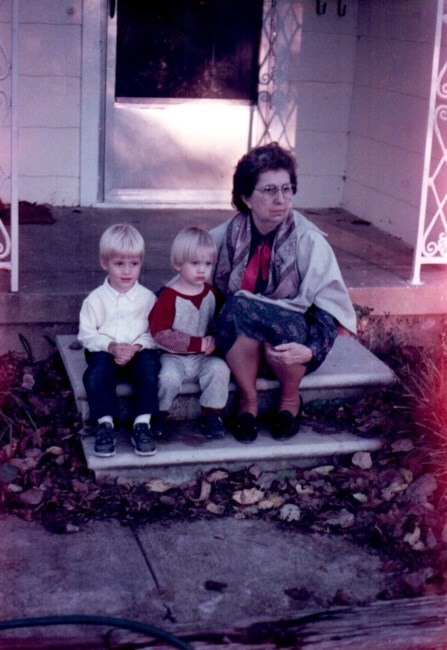

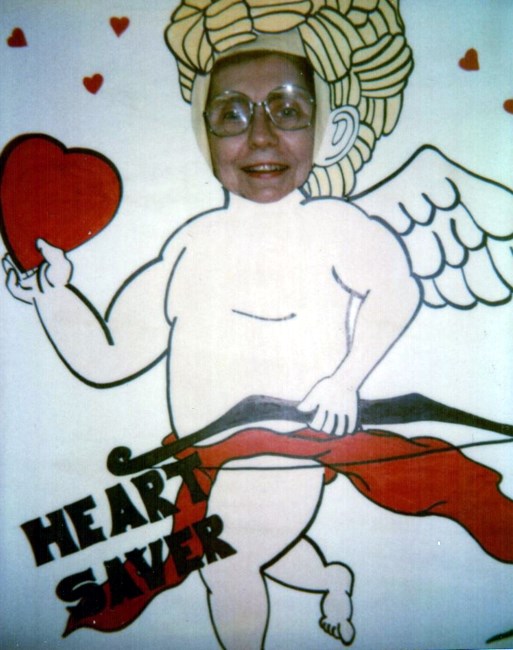
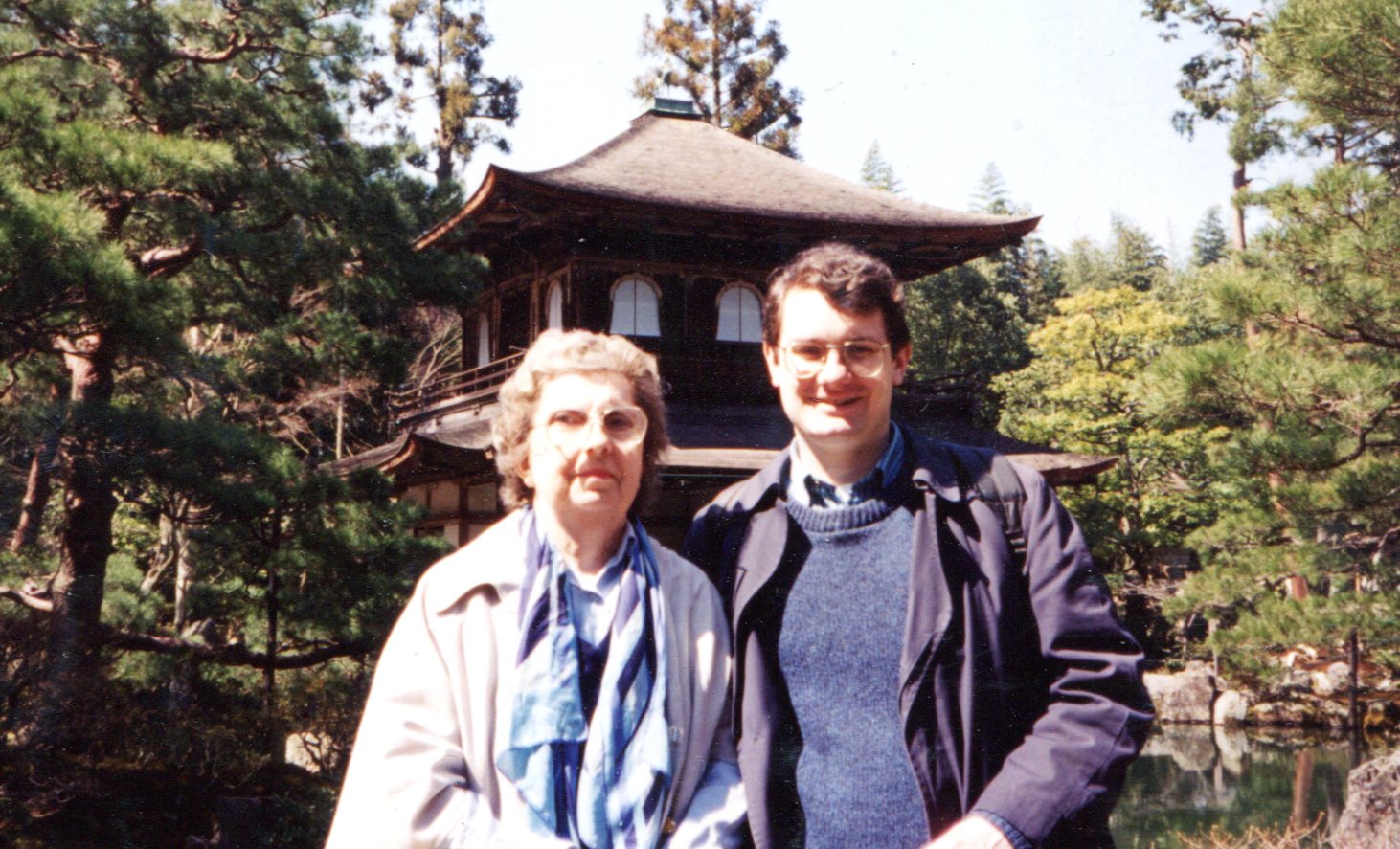
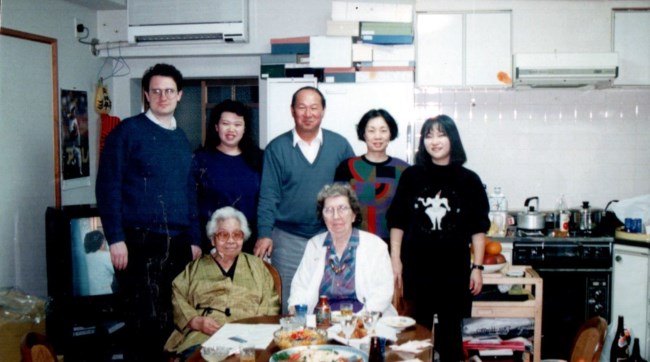
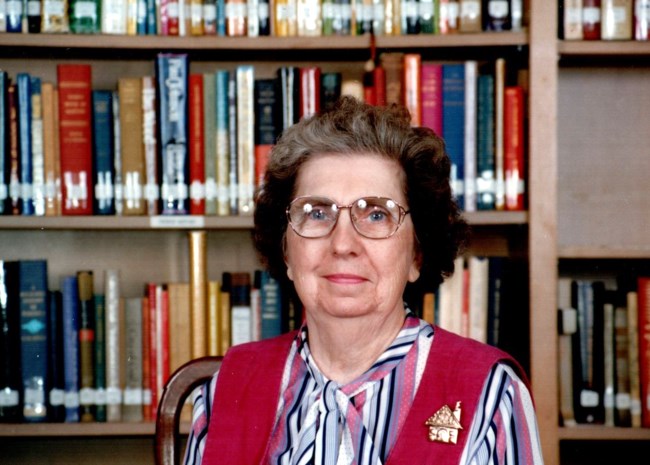
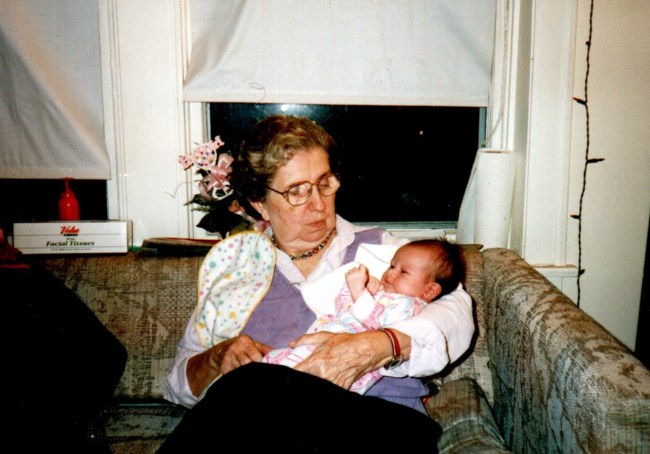
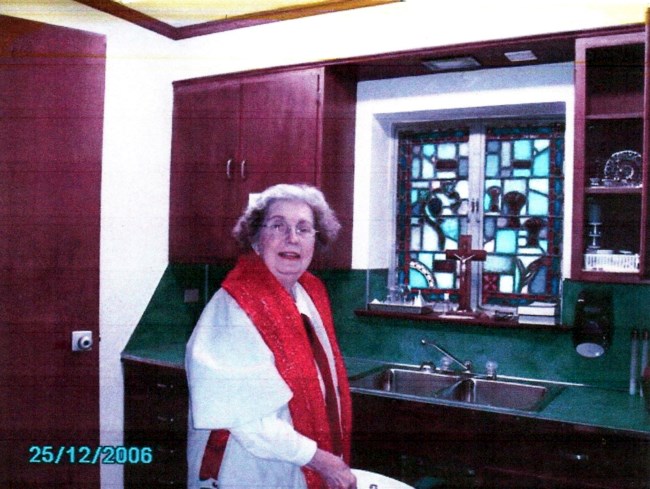

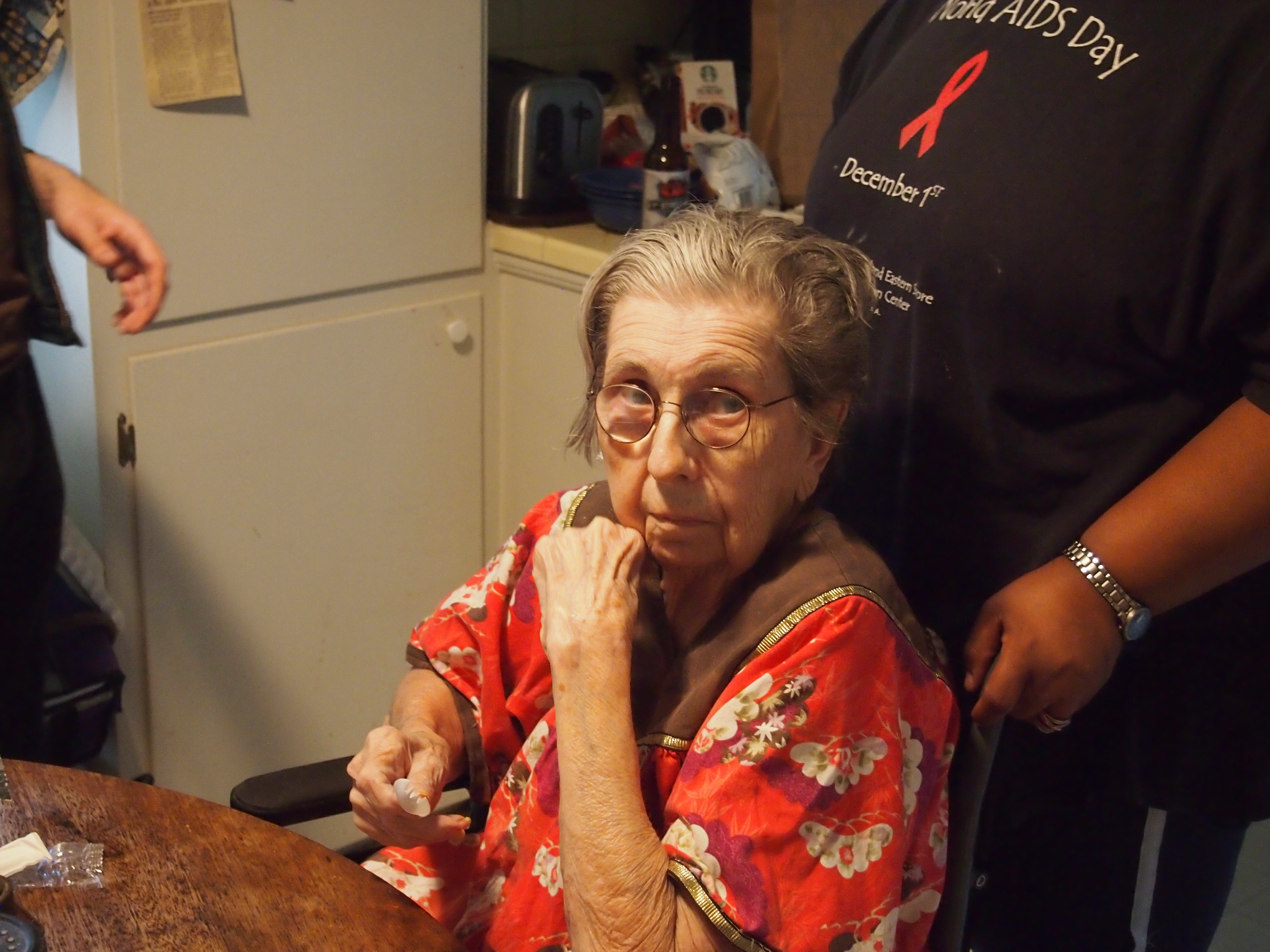
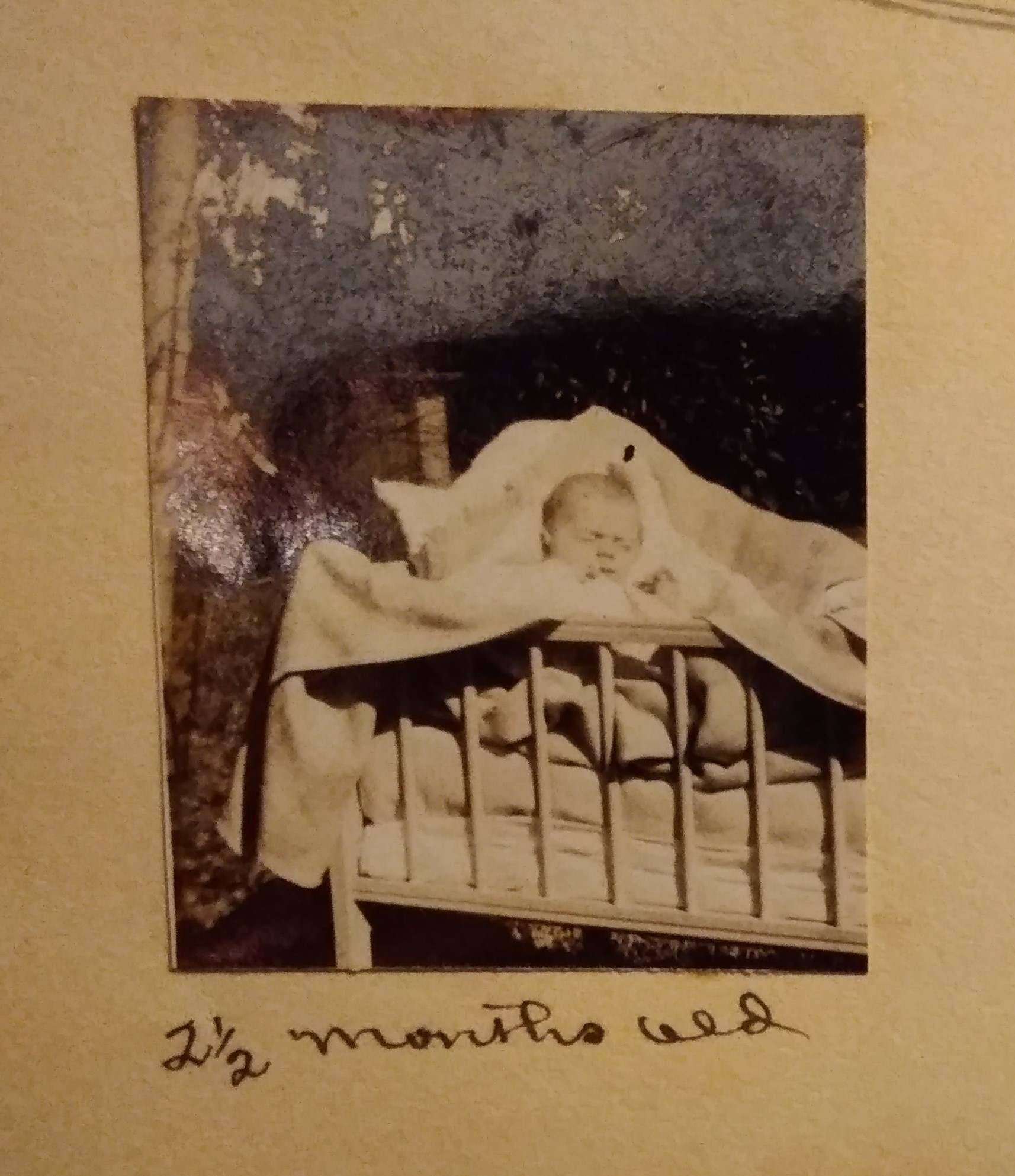
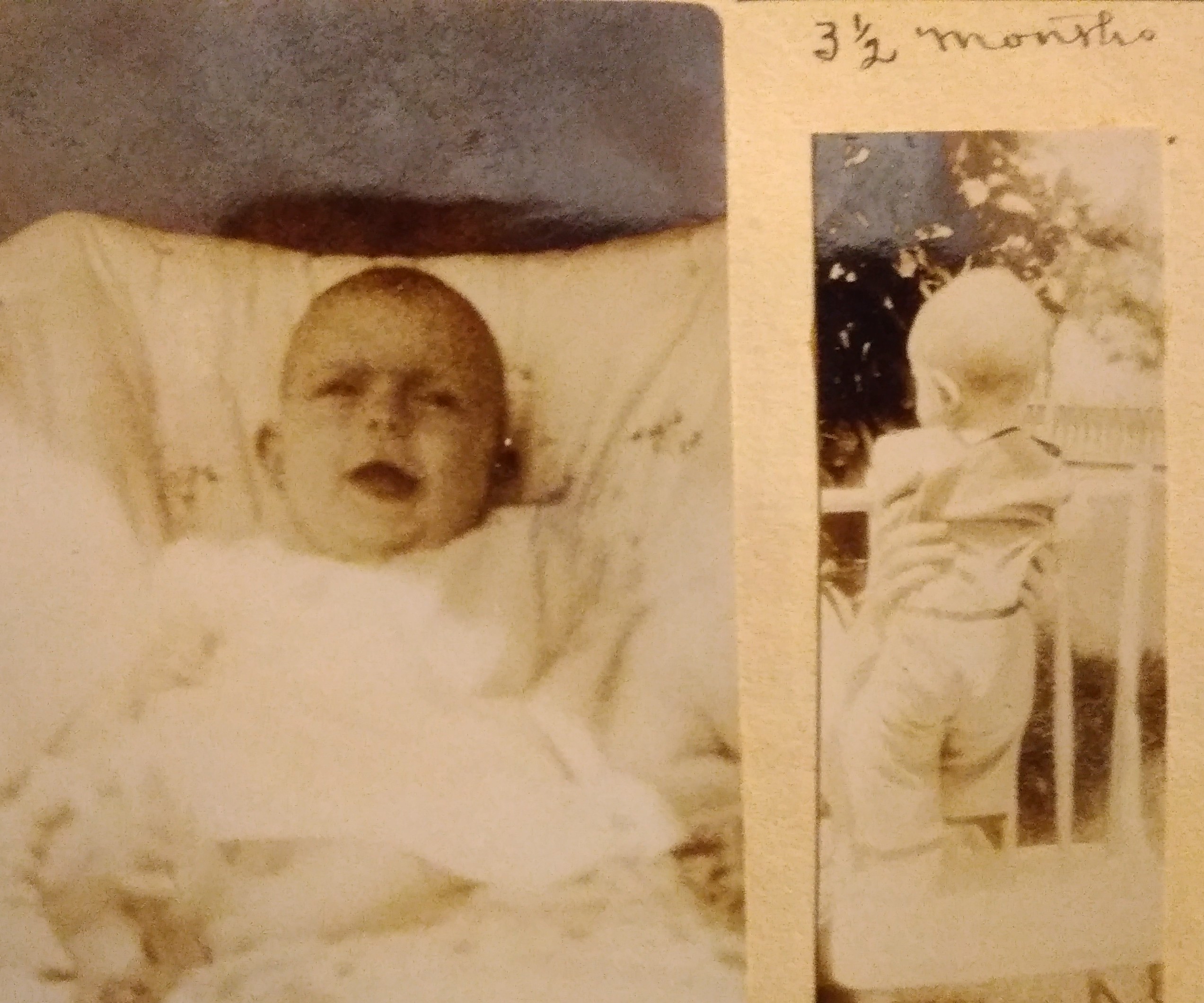 Ca. 1929 in what must be a special-occasion dress.
Ca. 1929 in what must be a special-occasion dress.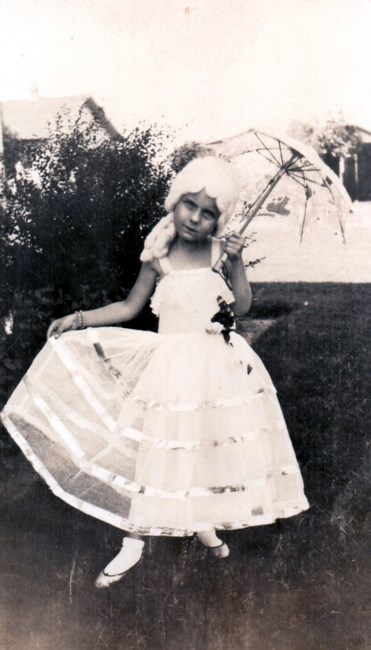
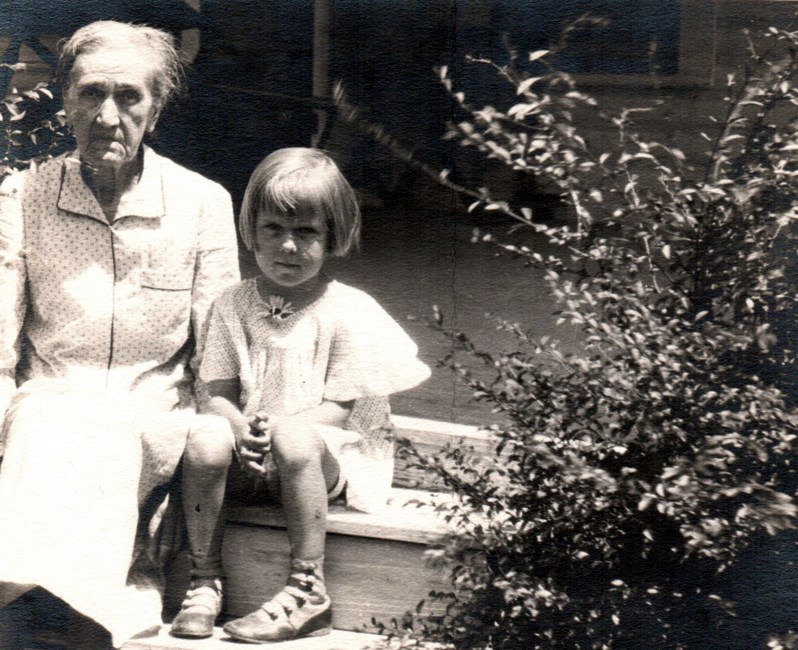
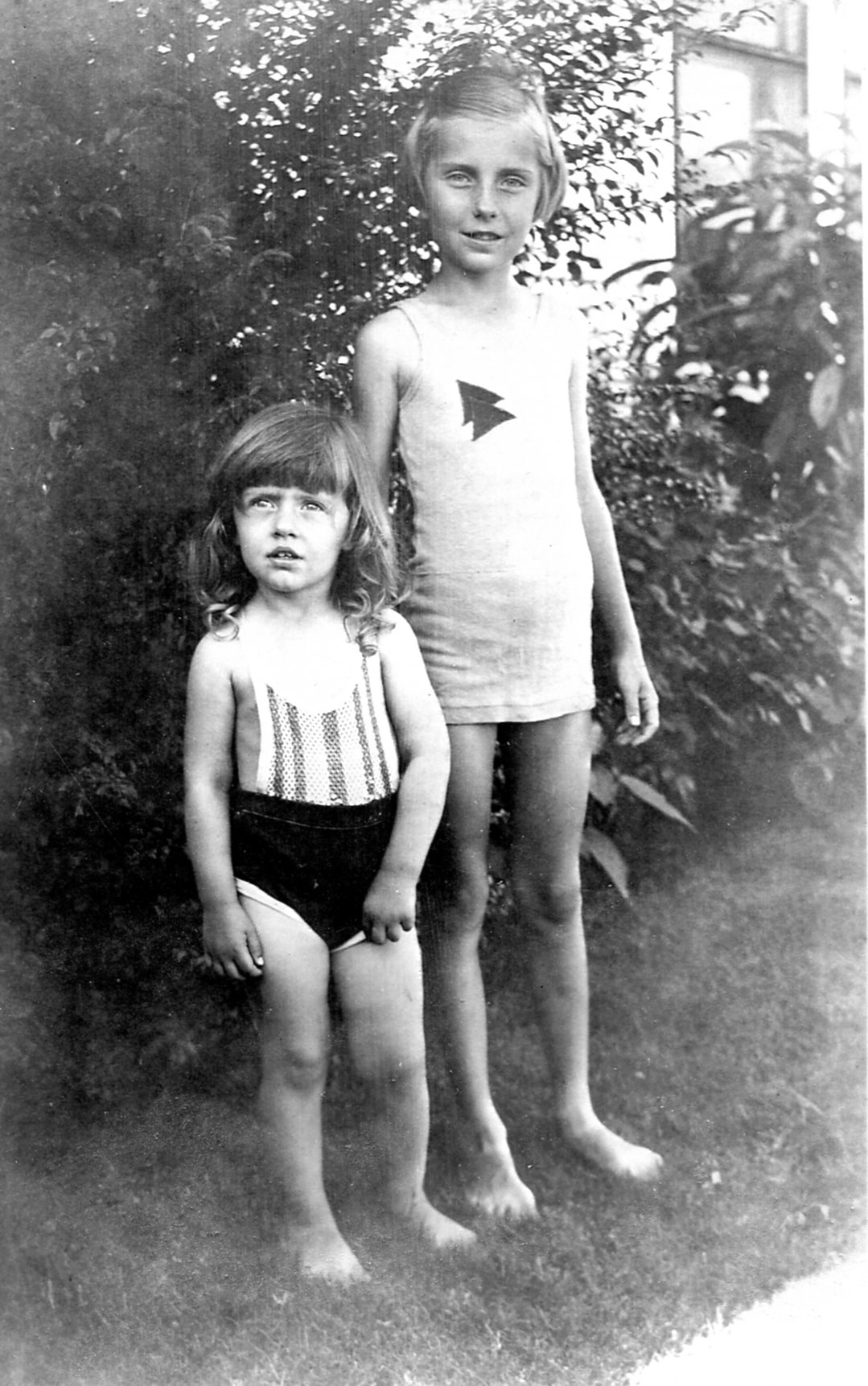
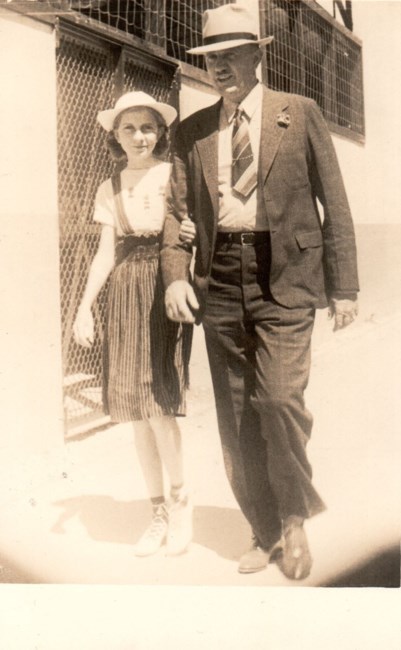
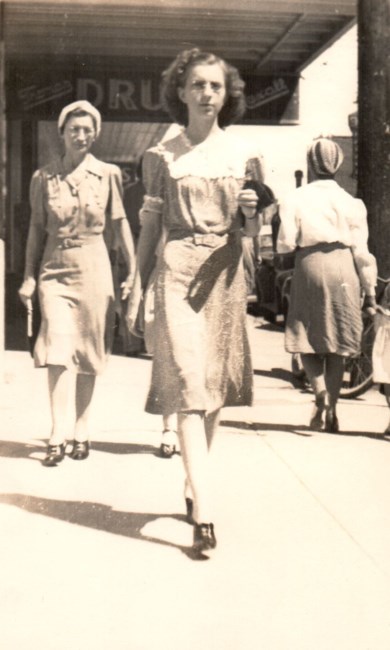
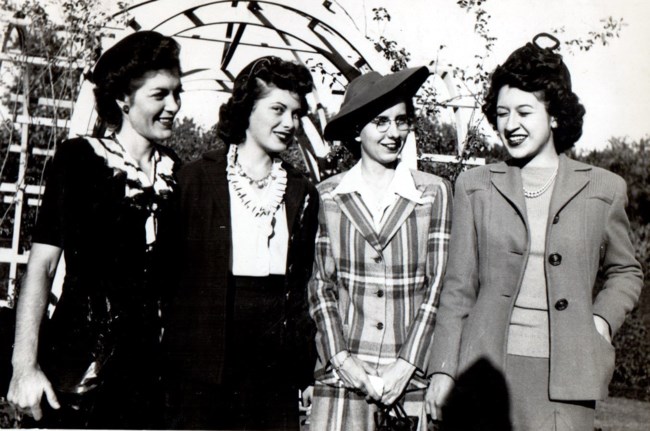
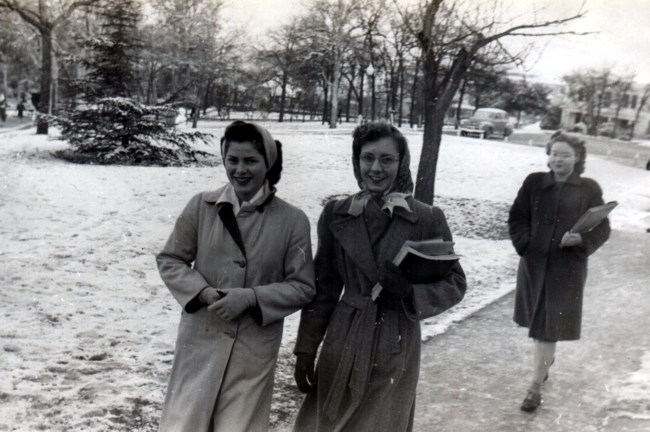
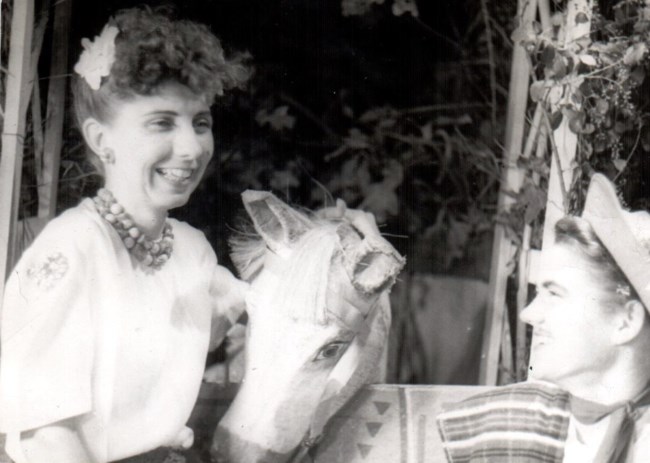
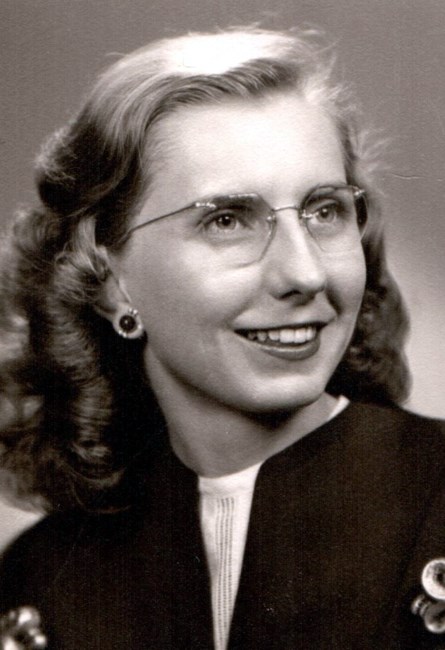
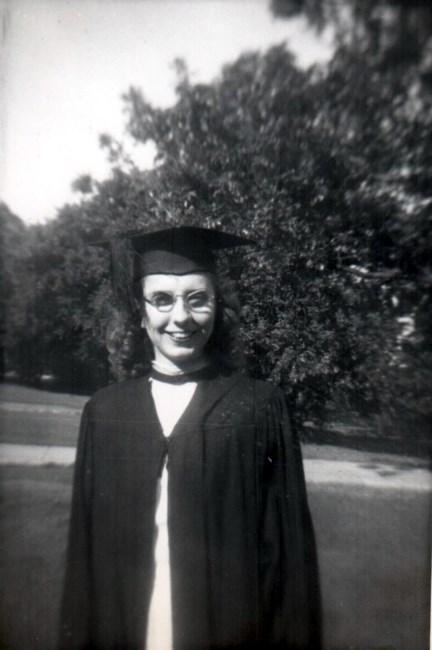
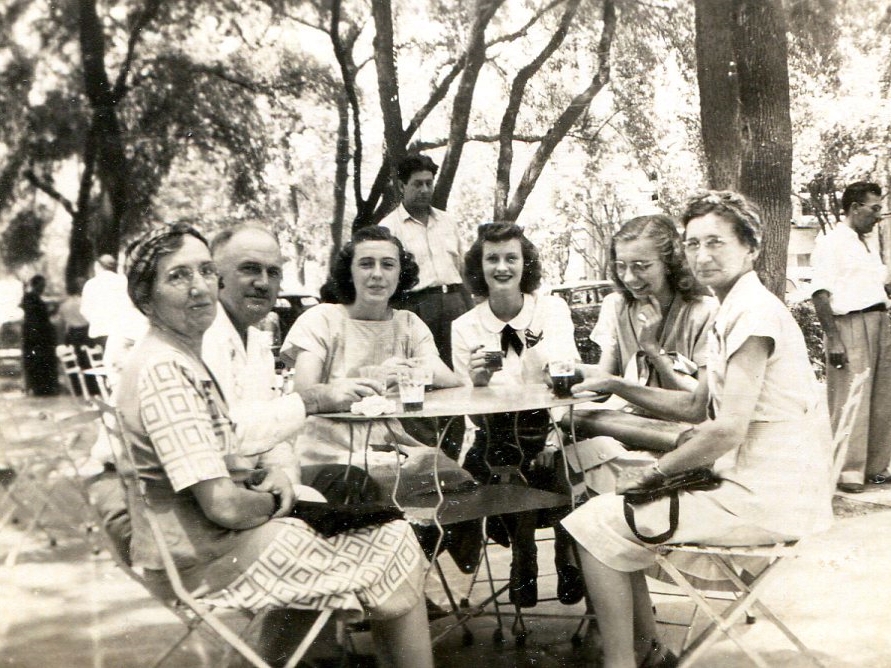
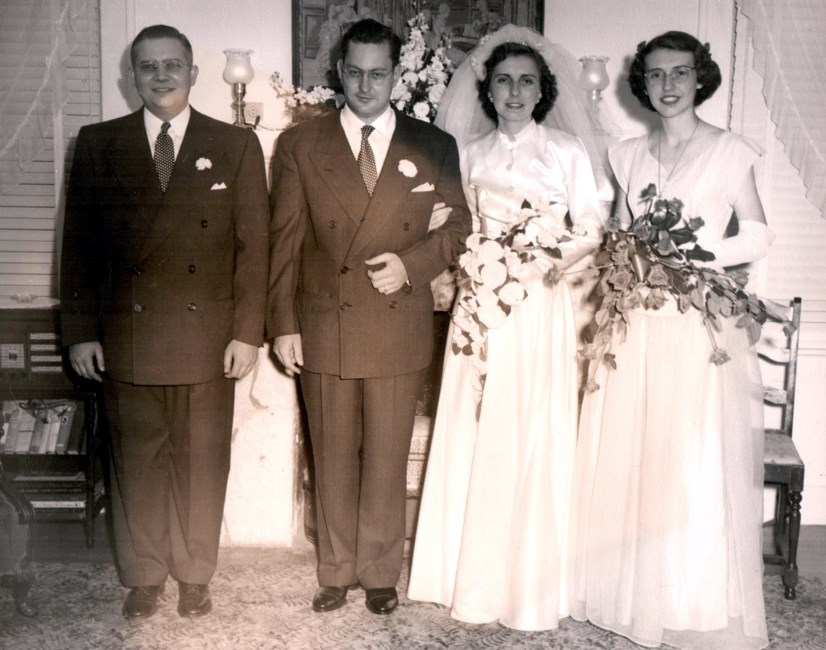
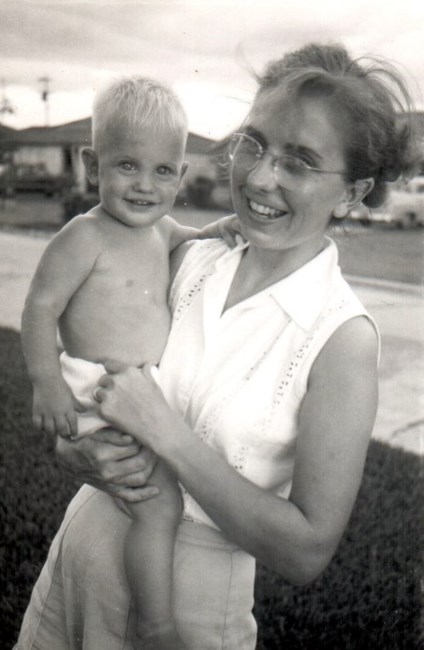

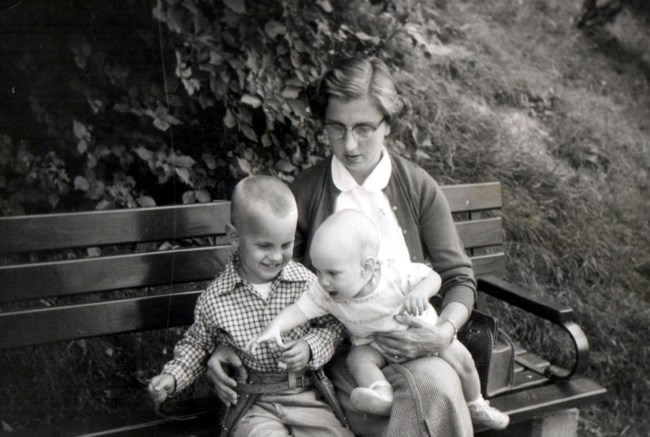
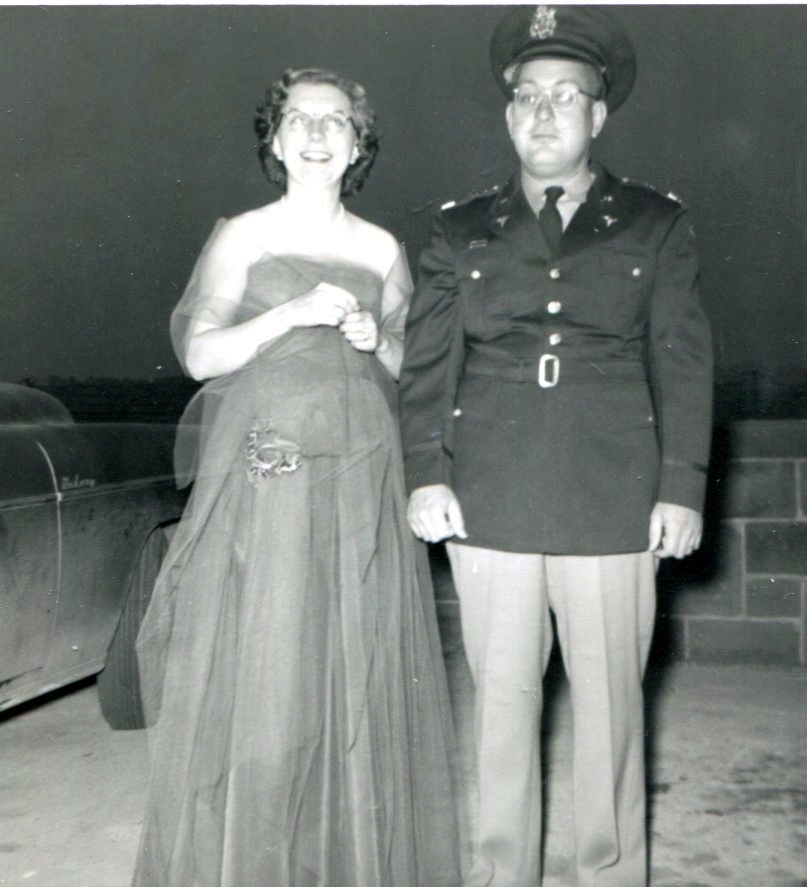
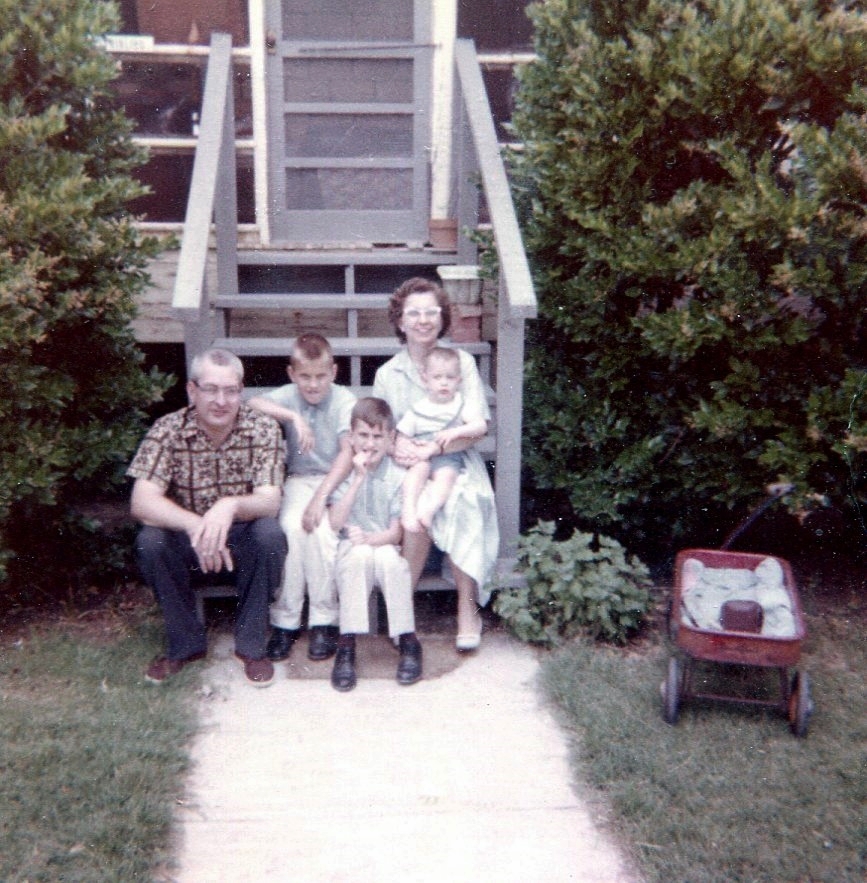
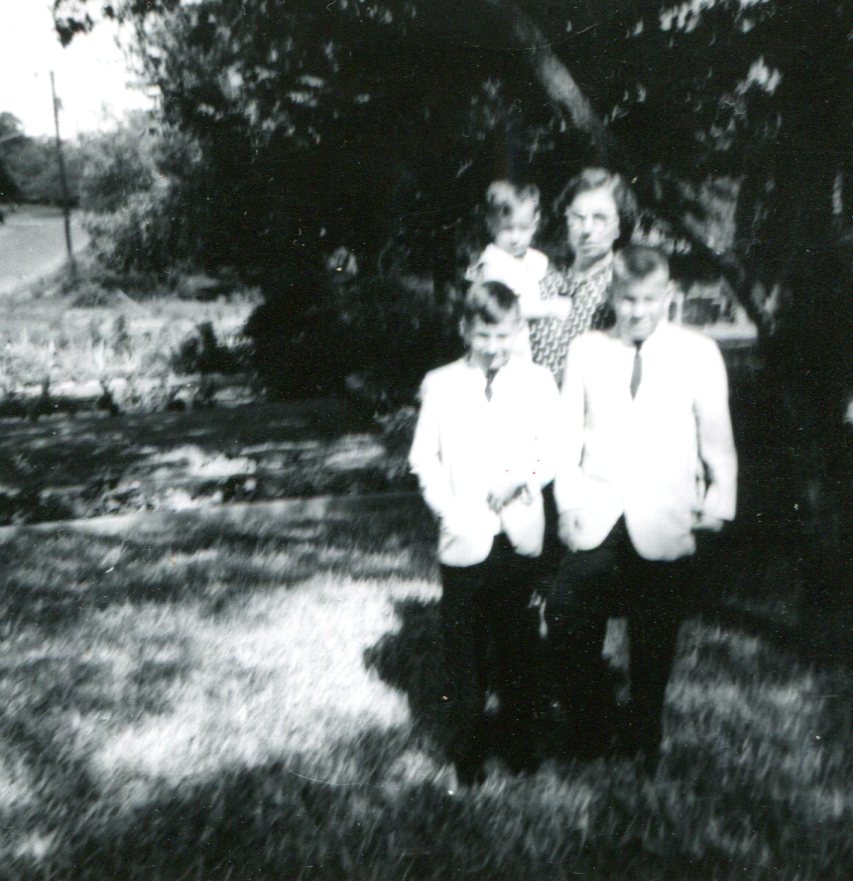 More tomorrow.
More tomorrow.